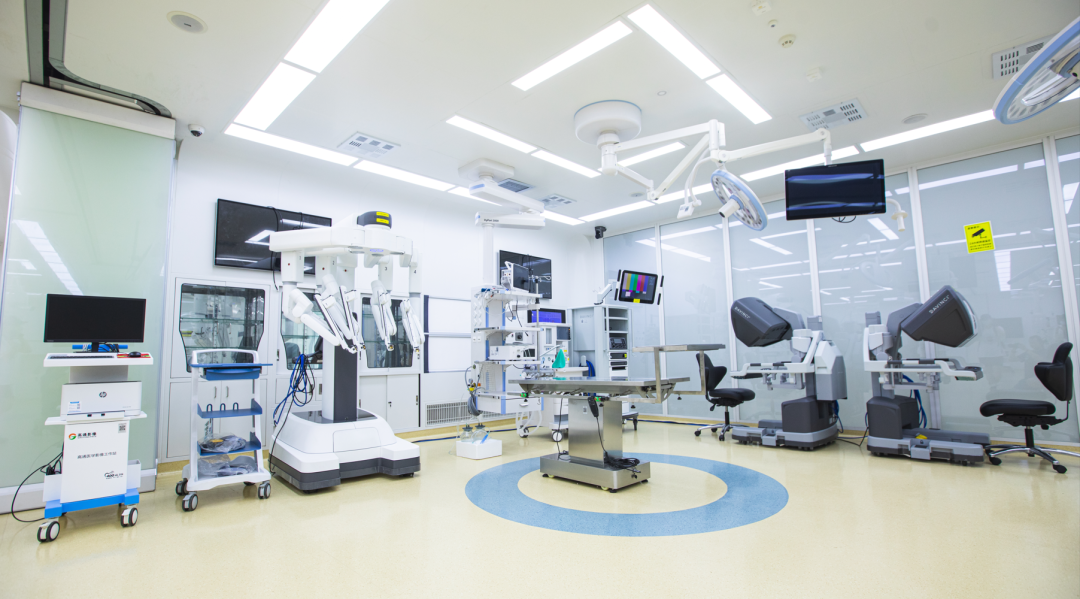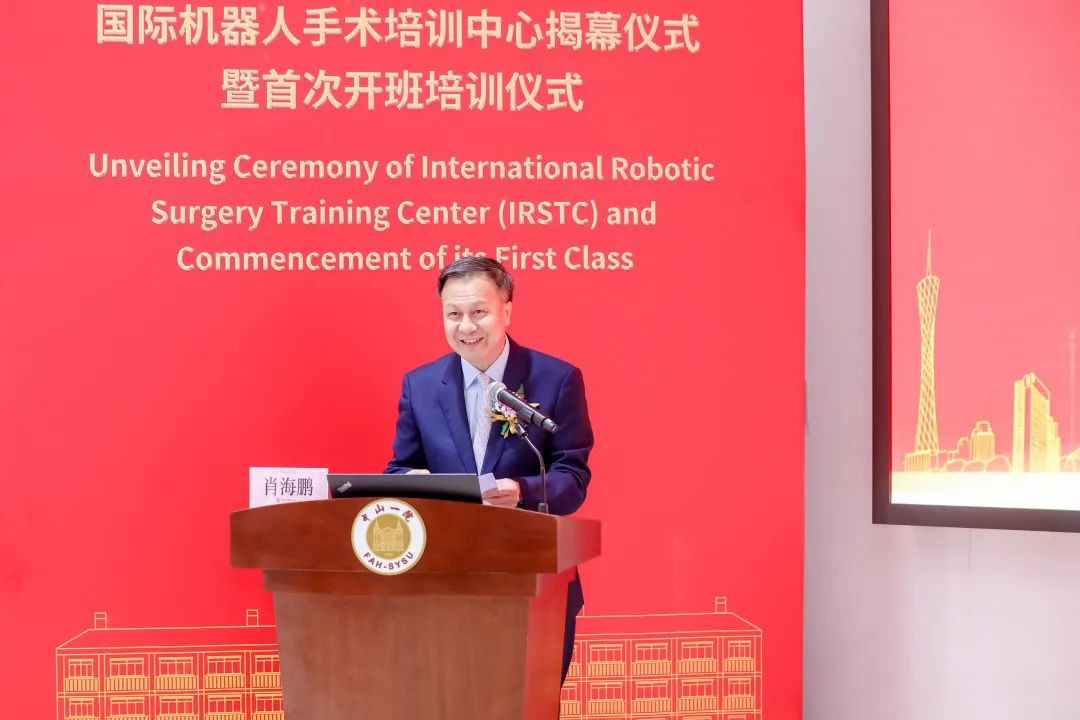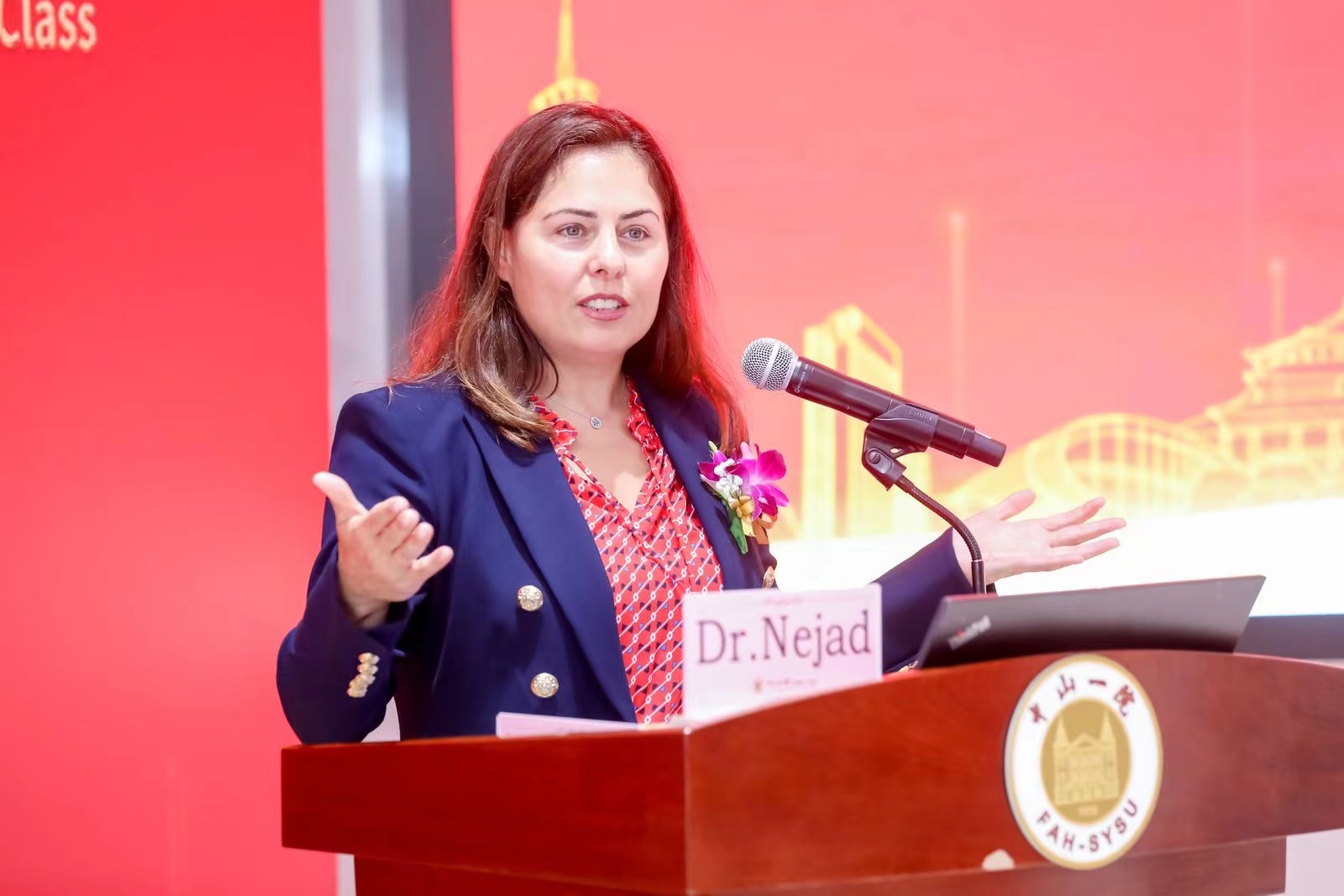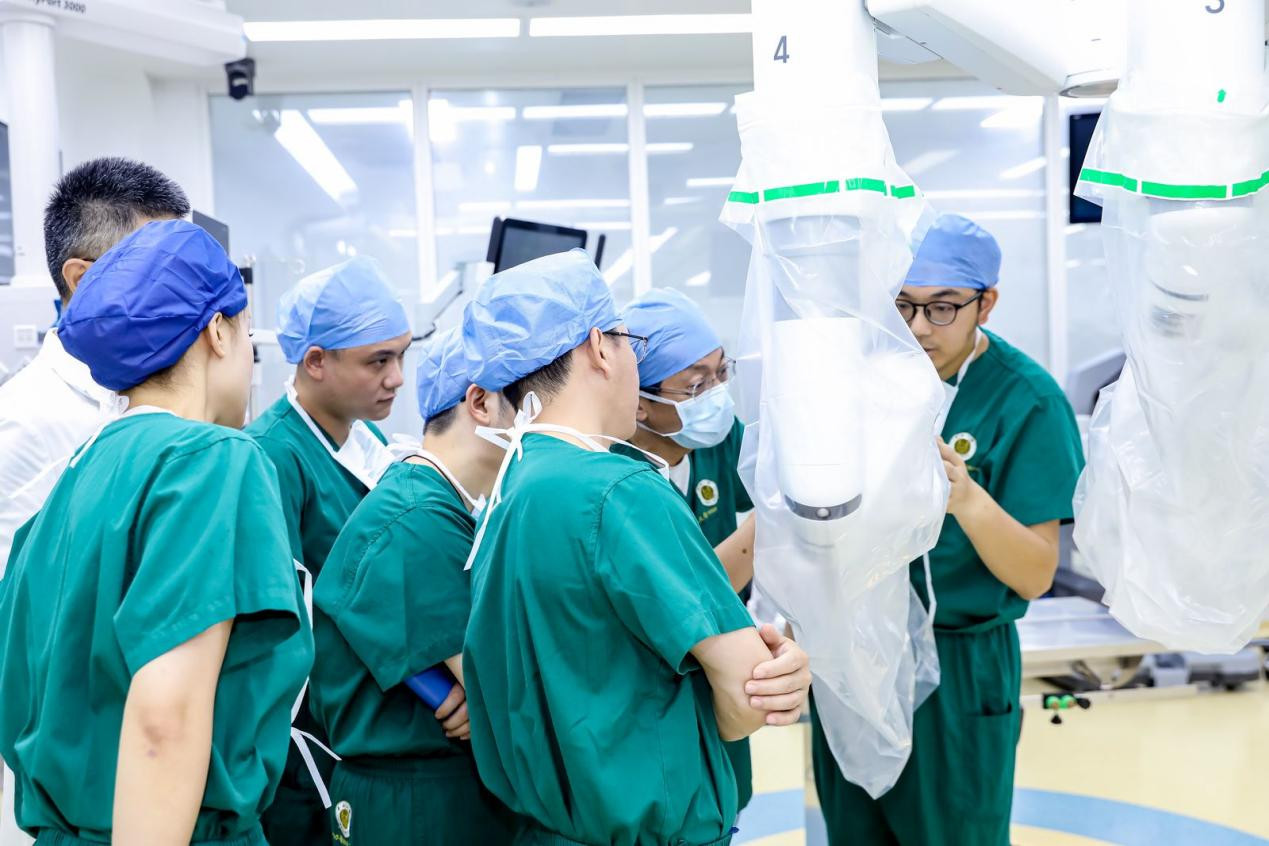On September 19, the First Affiliated Hospital, Sun Yat-sen University (FAH-SYSU) unveiled the International Robotic Surgery Training Center (IRSTC) and its First Class in Guangzhou's Nansha.


The IRSTC was launched on September 19. (Photo provided to GDToday)
The program is the fruit of collaboration with the Center for Information Technology Research in the Interest of Society (CITRIS), University of California, Berkeley.
It is also the first international robot training center in China led by an academic medical institution.
The training center covers an area of 1,200 square meters. It is equipped with two of the latest fourth-generation da Vinci Xi surgical robotic systems, along with energy platforms, anesthesia machines, monitoring equipment, and infusion pumps configured according to standard operating units.
It is also equipped with a demonstration teaching system and a remote broadcast system, which can clearly broadcast the panoramic view of the surgery to designated conference rooms for surgical teaching and remote training.
As one of the most widely used surgery robots in the world, the da Vinci robot is suitable to be used in general surgery, urology, cardiovascular surgery, thoracic surgery, gynecology, pediatric surgery, and surgery of the eyes, ears, nose, throat, and mouth.
The surgeon can control the instruments and a three-dimensional high-definition endoscope to let surgical instruments move synchronously with the surgeon's hands.
Professor Xiao Haipeng, Executive Vice President of SYSU and President of the FAH-SYSU, said that the hospital plans to continue building a comprehensive training system, offering robotic surgery qualification training and certification, as well as specialized physician training.

Professor Xiao Haipeng delivering a speech. (Photo provided to GDToday)
"We aim to serve the Guangdong-Hong Kong-Macao Greater Bay Area, cover the entire country, and extend our influence to the Asia-Pacific region," said Xiao.
Three years ago, when Dr. Bahareh Nejad, Director of Robotic Surgery at UC Davis arrived in Nansha, she saw a construction site, which has turned into "one of the newest and most amazing centers in the world right now, because it includes data and research, simulation, education and clinical care."

Dr. Bahareh Nejad delivering a speech. (Photo provided to GDToday)
"We can build bridges internationally through science and medicine and focus on patient outcomes as our ultimate goal," said Dr. Nejad.
In her view, the goal will be for better patient care for all of us to learn surgical techniques for more minimally invasive surgery so that our patients can go home safely to their families and have quicker, safer, lower blood loss, lower infection rates, having robotic surgery and facilitating their discharge.

During training. (Photo provided to GDToday)
In 2015, Guangdong's first Da Vinci surgery robot was introduced into the FAH-SYSU. "Over the past eight years, our hospital has completed thousands of surgeries assisted by these robots, and it has already become a mature and stable surgical technology," said Professor Wu Rongpei, Executive Director of the Department of Urology, Nansha Division, FAH-SYSU.
Professor Kuang Ming, Dean of Zhong Shan School of Medicine and Vice President of the FAH-SYSU, hopes IRSTC will help with getting more training experience and industry norms, so as to create an industry training norm and practice standard.
Reporter |Hannah
Editor | Olivia, Abby, Jerry
















